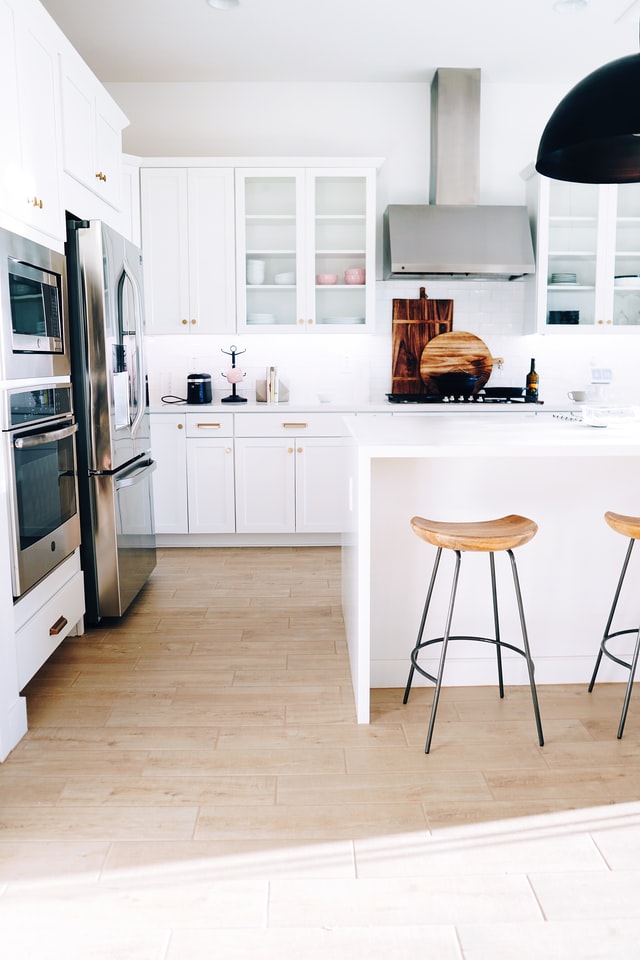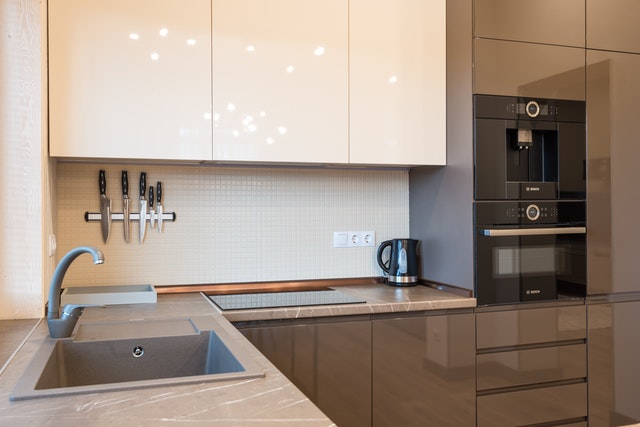This is an excerpt from the Book called “An Architectural And Interior Design Source Book ” by David & Charles. Continue reading to learn more about Kitchen House Style, thanks to the author.
Kitchens
In the kitchen, plain whitewood furniture was coming to the fore, having the advantage that it looked naturally clean and hygienic and could be rendered more so by scrubbing with disinfectant soap. Built-in cupboards replaced shelved dressers, as they were easier to clean and took up less space in the new smaller kitchen or kitchenette. Sink units were available made from silver-coloured Monel metal. They were strong and absolutely rustless.
Porcelain enamel on work tables, cookers, washers and wringers proved a boon to householders because it was easy to clean. Galvanized iron was also good for washers, but less easily cleanable. Aluminium cooking utensils were coming into use during the interwar years. They were advertised as attractive and durable, offering fuel savings because they conducted heat well.
The Kernerator was an incinerator built into the base of the chimney when the house was erected. It was made to burn all refuse including cans and bottles and required no fuel other than the dry waste that burnt the wet waste.
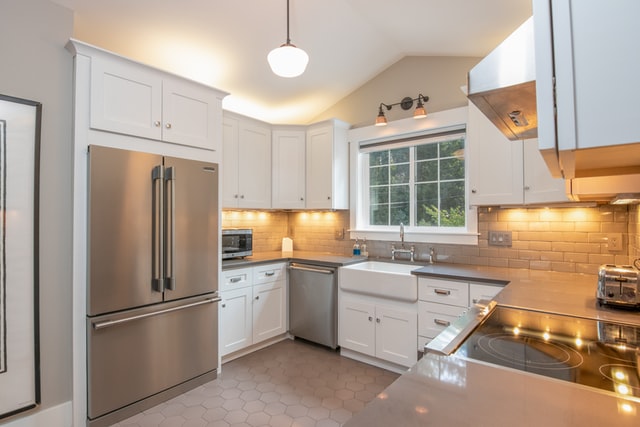
The water softener worked on the base-exchange principle. Calcium and magnesium salts passing through the softener reacted with the softening materials and were converted into completely soluble sodium salts. New to the market in 1934 was a baby water softener, which was about the size and shape of a modern electric kettle. Made of white earthenware with chromium fittings, it was portable and connected easily to a tap, making it ideal for a bath-room or kitchen.
Like its British counterpart, the typical Australian kitchen between the wars was servantless. Its equipment and fittings included a gas stove, an enamel-topped table, an ice chest, a storage safe and a porcelain sink (perhaps in an adjoining scullery). The floor was covered with linoleum, probably blue and white. Whereas the all-electric home had become commonplace in Europe and America in the 1910s, Australia lagged behind. People thought electricity was expensive and accordingly gas resigned supreme for lighting and cooking. But there was no denying the inevitable; by 1915 it was clear that electricity had a great future.
The first domestic refrigerators had appeared in 1913 and 60 per cent of the US population owned one by 1941. The early models were simply metal cabinets housing a relatively large motor and rather little storage space. Raymond Loewy designed the Coldspot Super Six refrigerator for the US mail order firm Sears Roebuck around 1934. Its pressed-steel frame was reminiscent of car bodywork, with rounded corners and a gleaming white finish. Electrolux refrigerators now had ten-way temperature control, were air-cooled, motorless and operated silently and automatically by gas, electricity or paraffin. Refrigerators were often thought unnecessary however, especially in Britain, because the housewife, having no other calls on her time and living close to the shops, could readily buy what she needed every day.
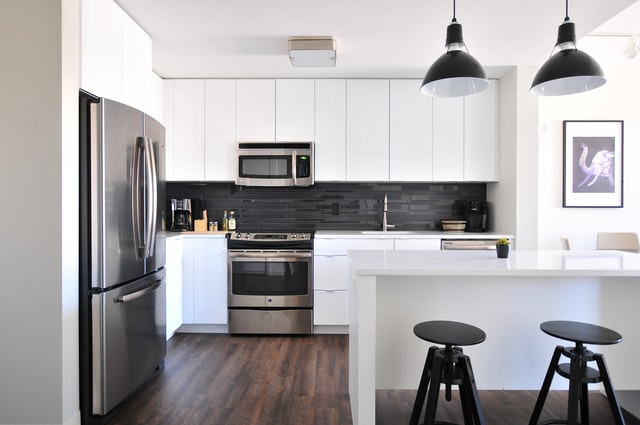
The Aga was invented by Gustaf Dalen, a Swedish Nobel Prize winner, in 1922, and it was licensed for production in Britain in 1929.The invertor’s only lapse-in modern eyes-was his choice of asbestos as an insulating material. It immediately became a great and enduring success. As Aga owners of the twenty-first century know, this cooker lived up to the advertising description of it as ‘a profitable investment’. An Aga cost 59 guineas ($61.95) plus a small charge for delivery and installation; as much as the complete furnishings of main bedroom, but it eventually paid for itself in lower fuel costs. It consumed no more than $4 worth of anthracite or coke a year, even though it burnt night and day and irrespective of how much it was used or how many people it served. It was easy to clean, having chromium-plated exterior metal parts and glazed, non-cracking, vitreous enamel sides, back, front and top plates.
The Aga comprised a boiling plate and a simmering plate, each with an insulating lid to be shit down to prevent loss of heat when the plates were not in use; a roasting oven; a large, slow-cooking oven in which dishes could safely be left to cook unattended, even overnight; and an inside cooking tank containing 10 gallons (45 litres) of water just off the boil-handy for quick boiling of vegetables, washing up and instantaneous filling of hot-water bottles. Draught was controlled by a thermostat and no flames came into contact with cooking utensils, which meant that these did not become dirty on the outside.
At the other end of the size scale from the Aga was the ‘Kubex’ electric oven, a small, self-contained unit that could be used in any room, connected to any lighting or power socket. The oven could be used to cook for a family of four or as an auxiliary to the cooker in regular use. A heat regulator was fixed at one side, and there was also a grill.
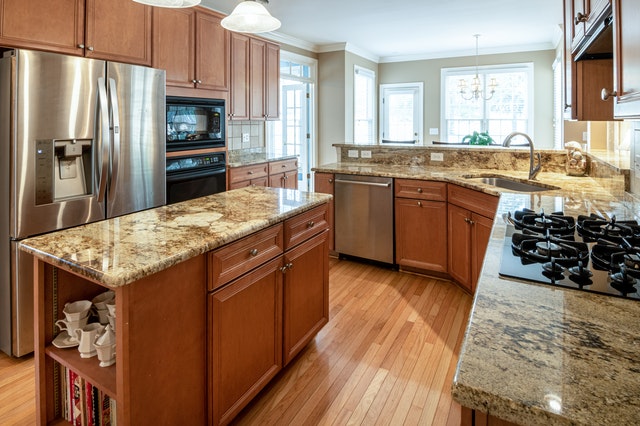
The new gas stoves had armour-plate, fireproof, non-steaming and practically unbreakable glass doors. They were finished inside and out with porcelain enamel, which was easy to clean. A splash-back, eye-level plate-warming rack and a chromium-plated towel rail were fitted. The ‘Regulo’ thermostatic control was developed for gas stoves in 1923. This freed the cook from the constant need to check the temperature of the oven. An ignition lighter also dispensed with the need for matches to light the burners. Fas cookers had the further advantage that they were cheaper than electric models. The ‘Double Sterling’ oven, manufactured by the Sill Stove Works of Rochester, New york, from 1849, boasted two ovens, each large enough for the biggest turkey, side by side on the same level, and a very large top surface fuelled by gas and coal, all on one level, such that nine utensils could be used at one time. The complete range was 49 inches (124 centimetres) wide and it as polished top required ‘no blacking’. in reality, solid fuel ranges, used for cooking and for heating water and air, required a lot of refuelling and cleaning and in the summer a fire still had to be lit to provide hot water and for cooking.
Another model of cooker, made by Bramhall, Deane Company of New York City, burnt coal and wood in one section and gas in the oven. The fire would start quickly and heat was readily retained in the oven. The gas section had large and medium-sized burners, a large oven and a shelf for open-fire roasting and toasting. The range was made of rust-resistant iron with polished-steel trimmings.
Innovations to cookers in the 1930s included a hinged cover which folded down to conceal the top of the cooker and the taps, and a stand, which obviated the kneeling and stooping required with older cookers.
